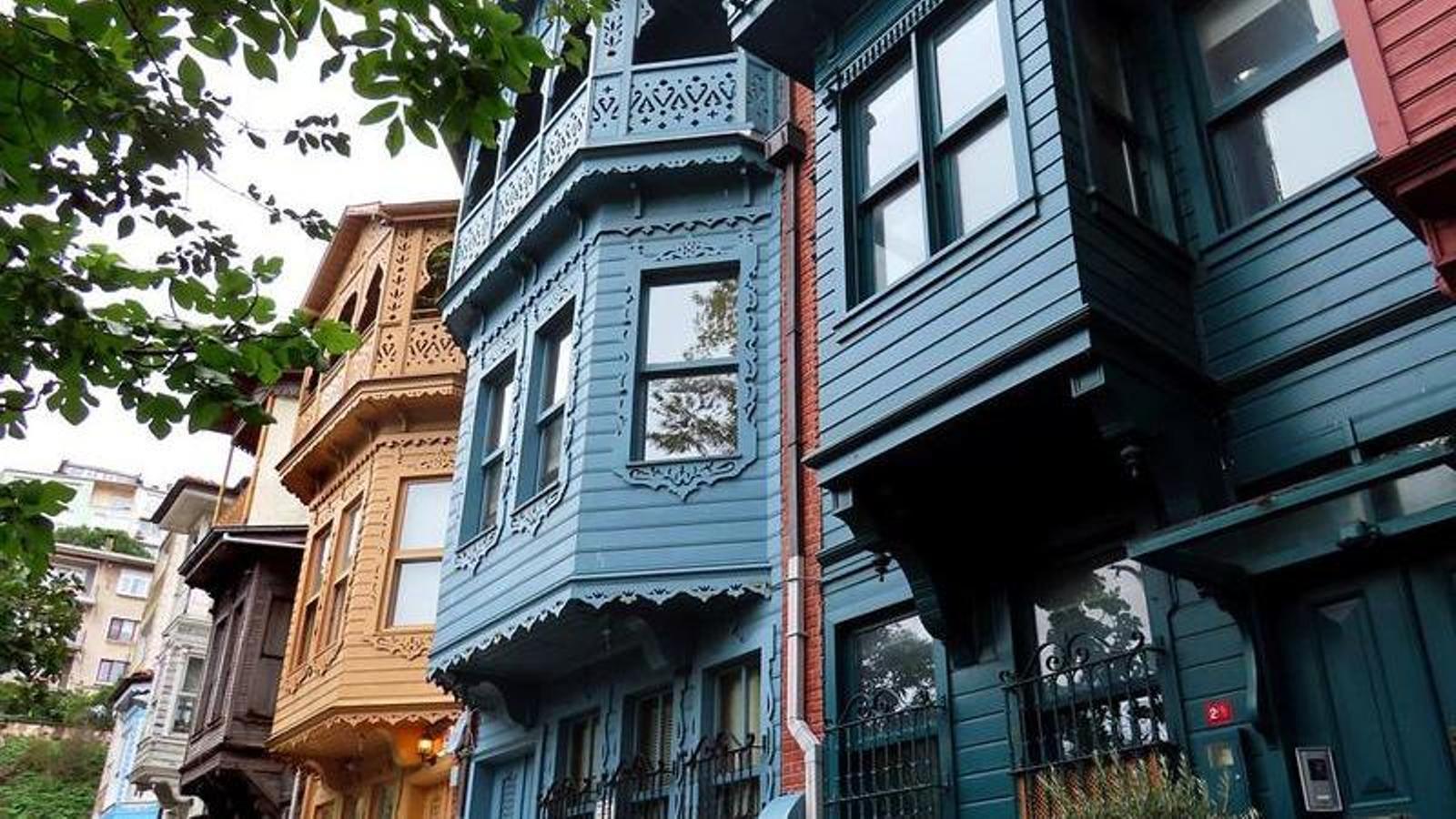Istanbul, the city where people cry when a building falls


BarcelonaIt's hard not to fall in love with Istanbul. One of those complex cities, with different realities intertwined. When you walk through so much history, it's normal to overlook some neighborhoods, but with his works, writer Orhan Pamuk has managed to make many people rethink their trips to the city. Beyond Hagia Sophia and the Blue Mosque, the writer can be heard when he says, "You must savor the hidden streets of Istanbul, the vineyards and the trees that emerge from its ruins with accidental grace." Pamuk, after turning his country's history into novels, decided in 2003 to pay homage to his city with "Istanbul, City and Memories," a delightful tribute to a city that is constantly changing. And the best tribute is to recommend walking it, without waiting in lines at museums, since what you find on the streets is just as valuable, if not more so.
The author recommends climbing to the highest point in the city, where the Sultan Mihrimah Mosque rises above a labyrinth of alleys. And then head to the imposing walls, too far for some tourists even though they hide so many stories. Here lies the magic of Istanbul: You can walk the walls that the Greeks couldn't defend forever among cats, watching a carpenter working and two young people taking selfies in love. Istanbul never stands still. And people like Pamuk are more excited by four fishermen playing dice than by the panoramic views perfect for Instagram. The writer recommends walking through the neighborhoods of Beyoglu and Sultanahmet, where many Greeks and Jews used to live. If you have a good eye, you might spot signs with surnames that remind us of that more cosmopolitan city that thrilled Pamuk.
Or go to the districts of Balat and Fener looking for the old tekkes, the wooden buildings where the Sufi Muslim brotherhoods meet. Many stone tekkes, with their cloisters, remain. Wooden ones, none. One of Pamuk's obsessions is wooden buildings, which have been disappearing amid fires, poverty, and real estate interests. In his book, Pamuk seeks them out, whether palaces overlooking the sea or old, forgotten shops. For the writer, every time a wooden building falls down, it's a wound. He cares for them and asks for their protection. They are part of a way of making a city modern but proud of its past, more secular than religious, more sinful than saintly. Pamuk ended up living in Cihangir, a neighborhood located on the other side of the famous Galata Bridge, not far from Tahir Square. A bohemian neighborhood where, in the back of the streets, you can see ships passing by. Perhaps they're heading to the war in Ukraine across the Bosphorus, perhaps they're headed to America. It's beautiful to see them pass by when you've found a good spot in Istanbul.
Recommendation for traveling to Istanbul.
Book: Istanbul, cities and memories
Author: Orhan Pamuk
Editorial: More Books
